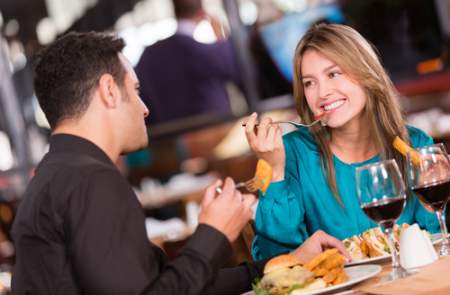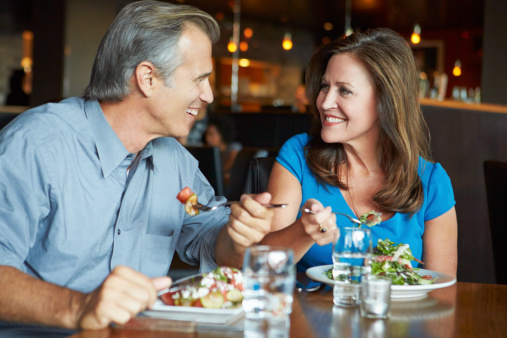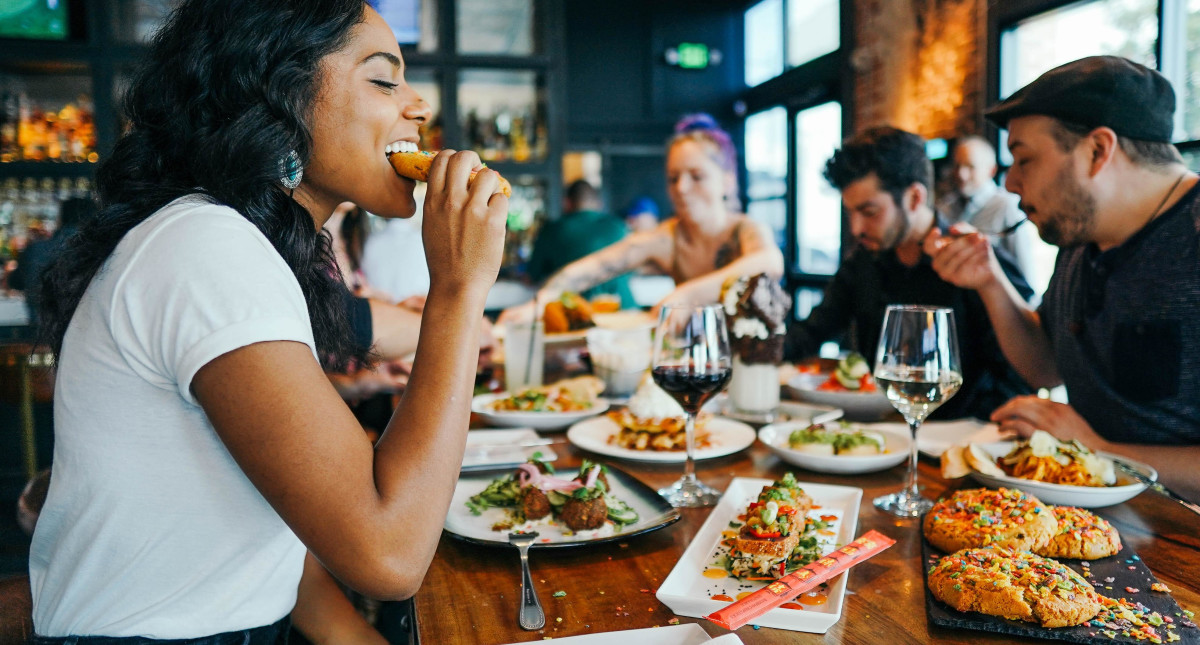Title: Dining Out Etiquette: Navigating Proper Behavior in Restaurants
Introduction:
Dining out at restaurants is not just about enjoying delicious food; it’s also an opportunity to engage in social interactions and demonstrate respect for both the establishment and fellow diners. Navigating proper behavior in restaurants involves adhering to etiquette guidelines that ensure a pleasant dining experience for everyone. From table manners to courteous interactions with staff, understanding and practicing dining out etiquette is essential for portraying oneself in a positive light and maintaining a respectful atmosphere.
Dressing Appropriately:
One of the first considerations in dining out etiquette is dressing appropriately for the occasion and the restaurant’s ambiance. While some establishments may have specific dress codes, it’s generally advisable to dress neatly and in attire suitable for the venue. Avoid wearing overly casual or revealing clothing, and opt for clean and presentable attire that reflects respect for the dining experience.
Making Reservations and Punctuality:
When dining at a restaurant that accepts reservations, it’s courteous to make a reservation in advance, especially during peak hours or for large groups. Arriving on time or slightly early demonstrates respect for the restaurant’s schedule and allows for a smoother dining experience. If unforeseen circumstances cause a delay, it’s polite to inform the restaurant and adjust the reservation accordingly.
Seating and Navigation:
Upon arrival at the restaurant, wait to be seated by the host or hostess rather than choosing a table yourself. If given the option, consider the seating preferences of your fellow diners and be mindful of their comfort. When navigating through the restaurant, be mindful of other diners and avoid disrupting their meals or conversations.
Table Manners:
Proper table manners are essential for demonstrating respect for the dining experience and those dining around you. Some basic table manners include keeping elbows off the table, chewing with your mouth closed, and using utensils appropriately. Avoid talking with food in your mouth and be mindful of your dining companions’ pace when eating.
Interacting with Staff:
Interacting with restaurant staff in a courteous and respectful manner is a fundamental aspect of dining out etiquette. Address servers and other staff members politely, using “please” and “thank you” when making requests or expressing gratitude. If an issue arises with the food or service, address it calmly and discreetly, avoiding confrontational or rude behavior.
Tipping:
Tipping is customary in many countries as a gesture of appreciation for good service. The standard tip percentage may vary depending on the region and the quality of service received, but a general guideline is to tip between 15% to 20% of the total bill. If the service was exceptional, consider tipping above the standard percentage to acknowledge the effort.
Conclusion:
Dining out etiquette plays a significant role in creating a pleasant and respectful dining experience for everyone involved. By adhering to etiquette guidelines such as dressing appropriately, making reservations, practicing proper table manners, and interacting respectfully with staff, diners can contribute to a positive atmosphere and enjoy a memorable dining experience. Whether dining with friends, family, or colleagues, demonstrating consideration and respect for others enhances the enjoyment of the meal and fosters a sense of community and appreciation for the culinary experience.



